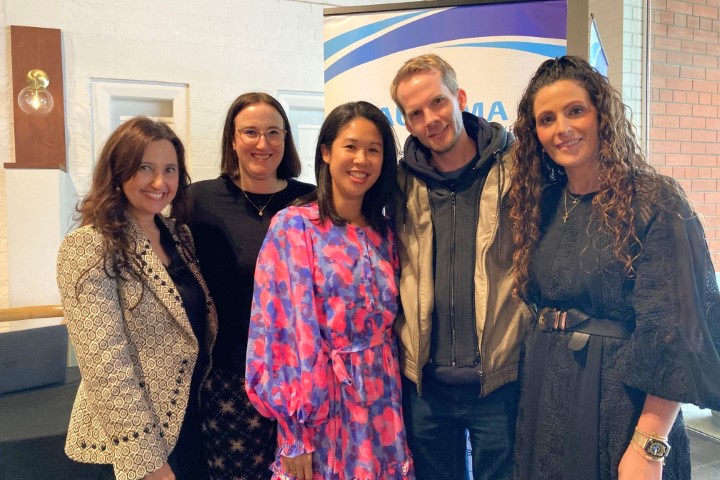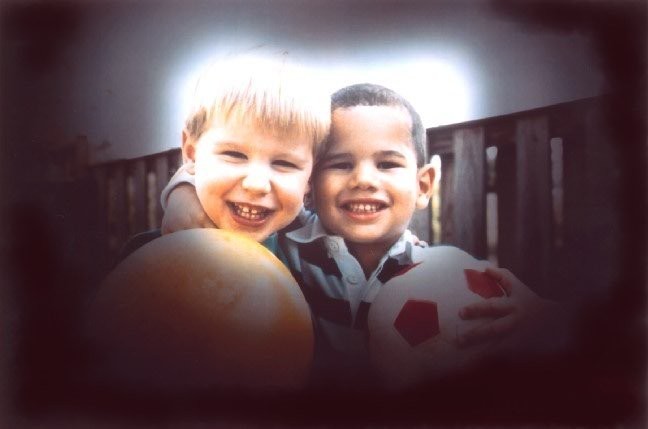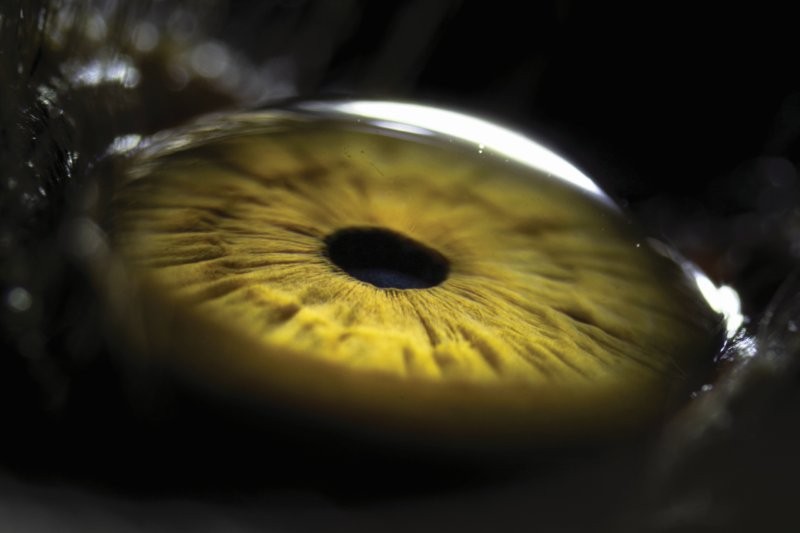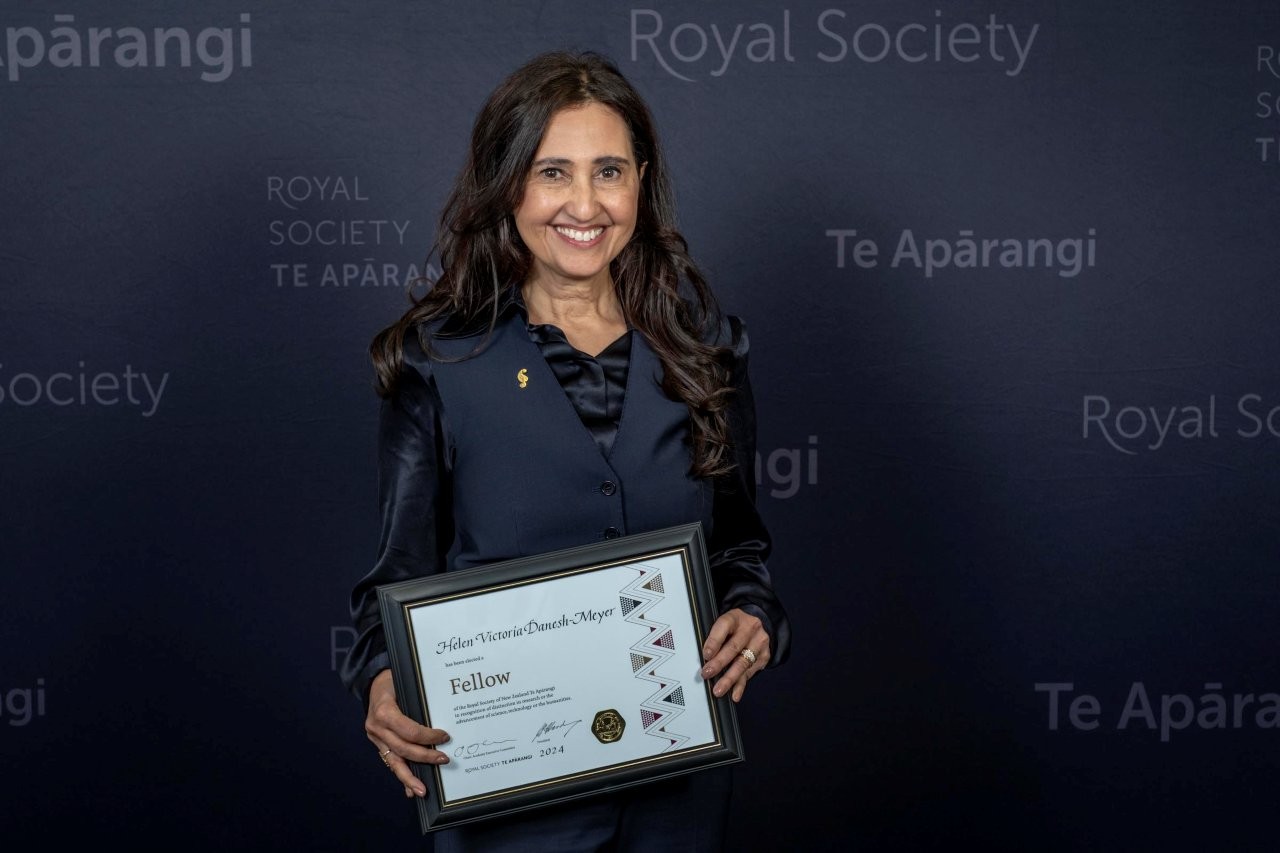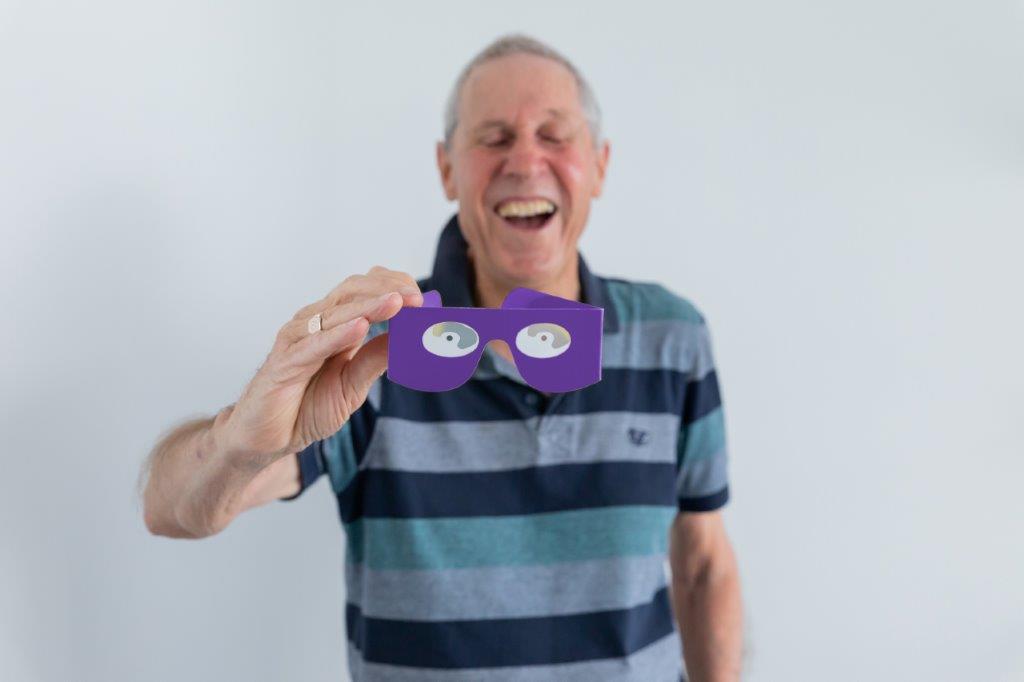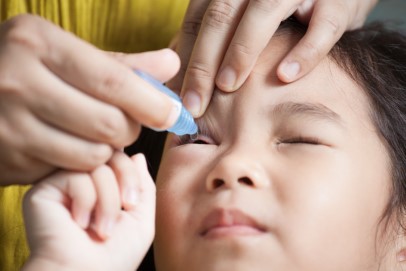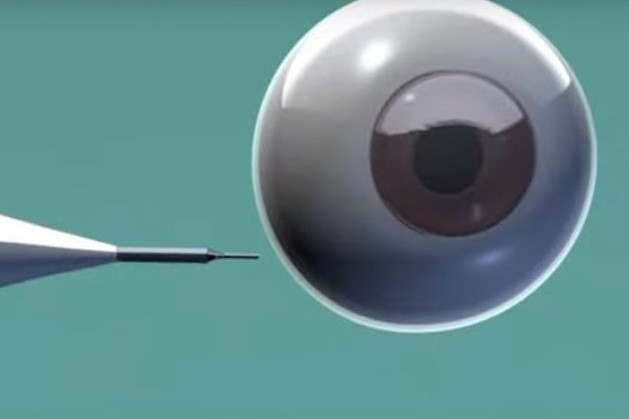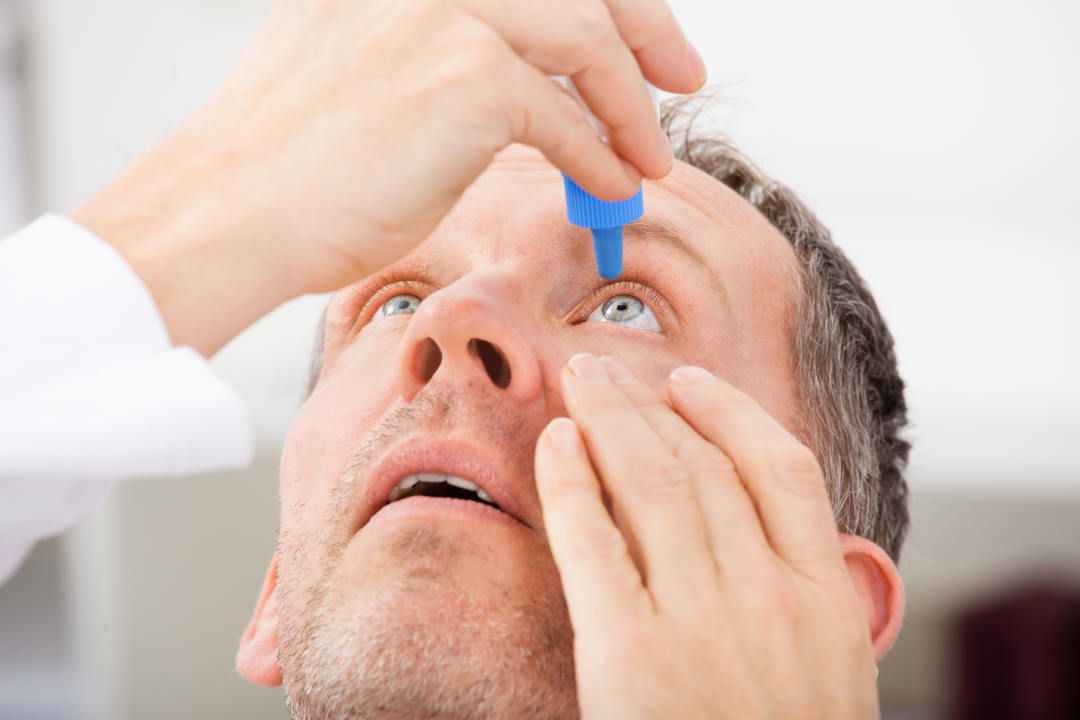Symposium 2024 the future is here
If you’re keeping count, this year was the eighth Glaucoma New Zealand (GNZ) Symposium. As always, the promise of a varied programme attracted a full crowd of ophthalmologists, optometrists and nurses keen to learn.

Drs Graham Reeves, Aaron Wong and Hussain Patel
The 2024 keynote speaker, Professor Jamie Craig, set the tone, detailing exciting progress in his polygenic risk score (PRS) testing. This is the culmination of a lot of research over many years, reaching a point where we can use a simple saliva test and genetics to help predict a patient’s risk of future blindness.
Prof Craig used cases to illustrate the PRS test's application in real situations and also in retrospective review. We are already familiar with considering risk factors, for example family history and central corneal thickness (CCT), now we can add another tool. The PRS outcome could be a game changer, influencing our everyday clinical decisions. It really did feel like the future is here, although there are areas requiring more work, he said, like gathering data on different ethnicities and health economic analysis.
Prof Craig’s talk prompted a lot of audience questions and many people said they were already making plans to integrate this testing into their daily clinical practice. The glaucoma PRS test, SightScore, will facilitate the development of a personalised approach for earlier treatment of high-risk individuals, with less intensive monitoring and treatment now possible for lower-risk groups.
The symposium’s focus then turned to routine history taking, with Dr Hussain Patel recommending a systemic approach to be sure we cover all the important bases of past medical history and social and lifestyle factors pertinent to glaucoma.
Dr Alex Buller began slightly off his billed topic of OCT, guiding us through the 3R acronym of ring, rim and risk for optic nerve examination. He asked us to consider patient life expectancy, versus OCT life expectancy, suggesting we use technology to support disc exams and giving us some useful tips on interpreting OCT scans of tilted nerves.
From the structural nerve exam, we segued into functional tests and ‘information-dense’ visual field reports. Dr Aaron Wong discussed some emerging portable home perimetry, including Melbourne Rapid Fields, Ionic and Olleye, which involves a VR headset.
Past, present and future
The symposium highlighted the strength of collegial relationships as clinicians came together to try to improve glaucoma patient care. In this unique environment there was candid sharing to enhance our collective skillset. An example was from Dr Jay Meyer who told us a story of being a young doctor discovering the systemic side effects of multi-doses of beta blocker eye drops on a patient’s heart rate. His talk about the side effects of glaucoma medication reminded us to make use of GNZ’s fact sheets.

Hazel Wong, Shirley Ip, Claire
McDonald and Inhae Park
Measuring intraocular eye pressure (IOP) is one of the foundations of glaucoma testing. Dr Graham Reeves took us back to his student days at the University of Otago, when he encountered the Schiotz tonometer. He then went on to outline several possibly more accurate devices that are likely outside the budget of common daily practice. And the future of implantable devices? Their use is currently limited due to the large incision required for insertion, he said. His two take-home messages: consider IOP as a baseline and look for trends and effects and consider CCT as an independent risk factor rather than an adjustment factor for IOP.
Dr Sam Kain ably performed the role of symposium chair, posing relevant and interesting questions to the presenters and expanding our learning with his vocabulary. A case in point was when he introduced the ‘perspicacious’ Dr Jesse Gale.

Drs Michael Merriman and Sam Kain
Dr Gale discussed developments and emerging trends in novel ways of delivering glaucoma medications. Traditional eye drops are associated with less than optimum outcomes due to patient adherence, limited bioavailability and side effects. Drug delivery via punctal plugs, contact lenses or injectables may become better alternatives, he said.
Wellington optometrist Inhae Park gave a holistic response to the question, “What else can I do for my glaucoma?”. Modifying a film and book title, she named her presentation ‘Eat Pray Move Love’. Starting with diet (Mediterranean or ketogenic were recommended) moving on to exercise and meditation, Inhae ended with considering how we deliver a diagnosis. She reminded us that shock, fear, anxiety and depression can be associated with a glaucoma diagnosis, suggesting that we can all work on improving our communication skills to make this efficient, effective and easier for patients.
Clinical pearls, useful reminders and what’s new
The annual GNZ symposium always delivers some clinical pearls and useful reminders. Dr Kaliopy Matheos encouraged us to make measuring colour vision and pupil testing routine, so we are always considering non-glaucomatous optic neuropathies in the differentials. She described dual-process theory with its two systems of thinking: the first quick and often taking shortcuts, and the second intentional, systematic and calculated. We can utilise both of these to get better at not missing neuropathy, she said.

Emma Akeroyd and Aldric Khoo
The day closed with a chance to hear about some new research being undertaken by the recipients of the GNZ Gordon Sanderson Scholarship. Dr Mark Donaldson gave an interesting account of using colchicine in trabeculectomy surgery for fibrosis suppression. We learned that the use of this ‘ancient’ drug is rising in general medicine, which led to 2023 scholarship recipient Kyla Fung conducting a literature review on the use of colchicine in ophthalmology.
Figures suggest glaucoma on a global scale causes 8% of all blindness, leading fellow 2023 scholarship recipient Sally Park to conduct a retrospective chart review at Greenlane Eye Clinic, from 2010 to 2020, to provide a local view of this statistic. She investigated patients with confirmed glaucoma who had died and looked at the incidence of low vision (12%) and blindness at death (13%). In the blind cohort, there was a high incidence of pseudoexfoliation and neovascular glaucoma, which seems like a gloomy note on which to end this report, but in no way reflects the symposium’s engaging format and wide-ranging programme.
Make sure you put the 2025 GNZ Symposium on your continuing-education calendar for next year!

Claire McDonald is an optometrist and business co-owner of McDonald Adams Optometrists in Warkworth, north of Auckland, with a post-graduate diploma in science and optometry from the University of Auckland.









